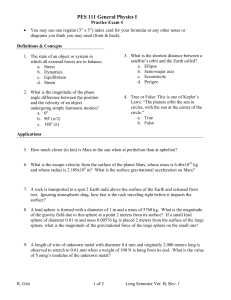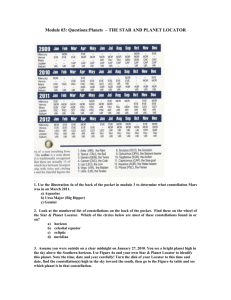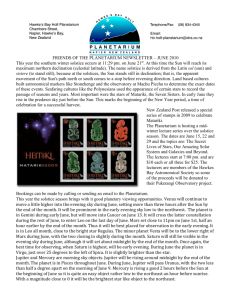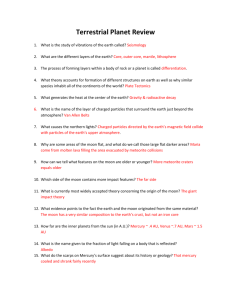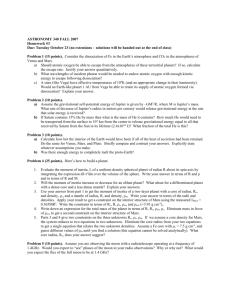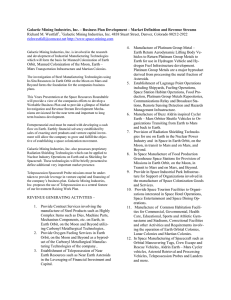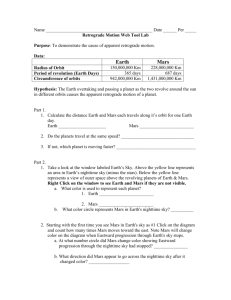astronomical - Stardome Observatory
advertisement
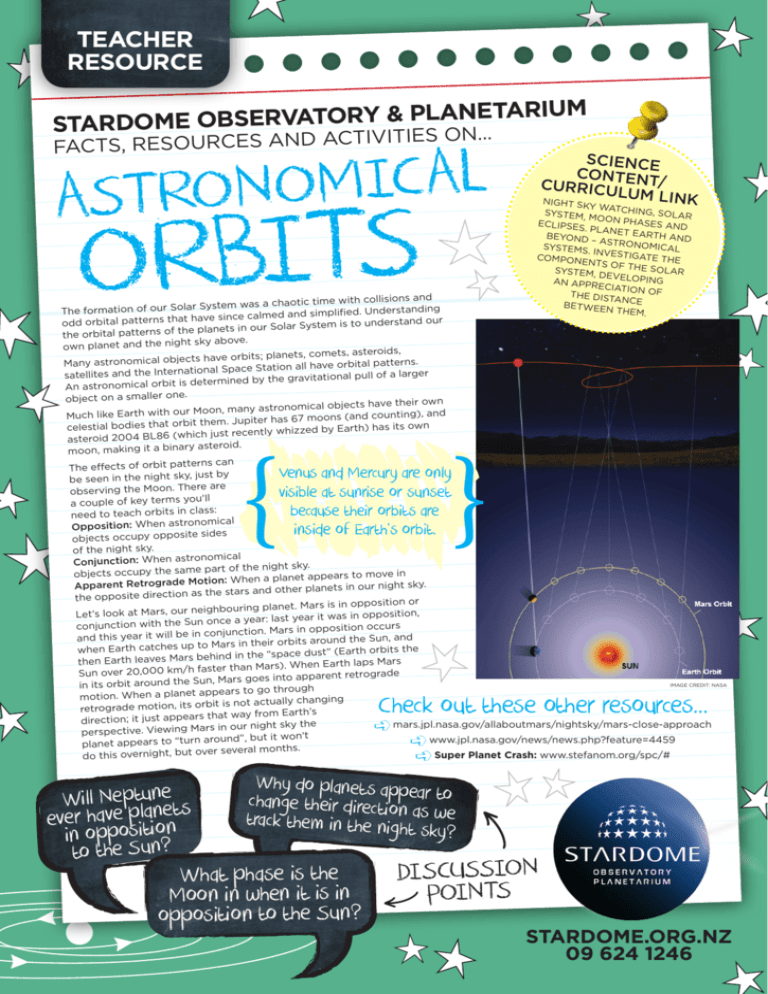
TEACHER RESOURCE PLANETARIUM & RY TO VA ER BS O E M O RD A ST VITIES ON... TI FACTS, RESOURCES AND AC L A C I M O N ASTRO S T I B R O SCIENC CONTEN E T/ CURRICU LUM L INK NIGHT SK Y WATCH ING, SOL SYSTEM, AR MOON PH ASES AN ECLIPSES D . PLANET EARTH A BEYOND ND – ASTRO NOMICAL SYSTEMS . INVESTIG ATE THE COMPON ENTS OF THE SOL SYSTEM, AR DEVELOP ING AN APPR ECIATION OF THE DISTA NCE BETWEE N THEM. time with collisions and ar System was a chaotic g The formation of our Sol simplified. Understandin t have since calmed and erstand our und odd orbital patterns tha to is tem Sys ar Sol planets in our the orbital patterns of the above. sky ht nig the and net pla own ets, asteroids, s have orbits; planets, com Many astronomical object orbital patterns. e hav all tion Sta ce Spa tional satellites and the Interna al pull of a larger tion vita gra determined by the An astronomical orbit is . object on a smaller one objects have their own Moon, many astronomical our h Much like Earth wit ons (and counting), and it them. Jupiter has 67 mo celestial bodies that orb Earth) has its own by d izze ich just recently wh asteroid 2004 BL86 (wh asteroid. moon, making it a binary s can The effects of orbit pattern by just , sky ht nig the in be seen re are observing the Moon. The ’ll a couple of key terms you class: need to teach orbits in omical Opposition: When astron e sides objects occupy opposit of the night sky. omical Conjunction: When astron t of the night sky. par e sam the upy occ objects s to move in : When a planet appear tion Mo e Apparent Retrograd in our night sky. s net pla er oth and rs the sta the opposite direction as is in opposition or ghbouring planet. Mars Let’s look at Mars, our nei in opposition, was it r yea last r: yea once a conjunction with the Sun occurs ion osit opp conjunction. Mars in and this year it will be in Sun, and the und aro its orb ir the to Mars in when Earth catches up orbits the rth (Ea t” dus behind in the “space then Earth leaves Mars laps Mars th Ear en Wh rs). Ma n faster tha Sun over 20,000 km/h nt retrograde , Mars goes into appare IMAGE CREDIT: NASA in its orbit around the Sun ugh thro go to appears motion. When a planet ng ngi it is not actually cha retrograde motion, its orb t way from Earth’s tha s ear app just it direction; mars.jpl.nasa.gov/allaboutmars/nightsky/mars-close-approach our night sky the in rs Ma perspective. Viewing ”, but it won’t und aro www.jpl.nasa.gov/news/news.php?feature=4459 rn “tu to s ear planet app r several months. Super Planet Crash: www.stefanom.org/spc/# do this overnight, but ove Venus and Mercury are only visible at sunrise or sunset because their orbits are inside of Earth’s orbit. Check out these other resources... Why do planets appea e n tu p e change their direction r to Will N lanets track them in the nightas we ever have spition sky? in oppo n? u S to the DISCUSSION What phase is the POINTS Moon in when it is in opposition to the Sun? STARDOME.ORG.NZ 09 624 1246


